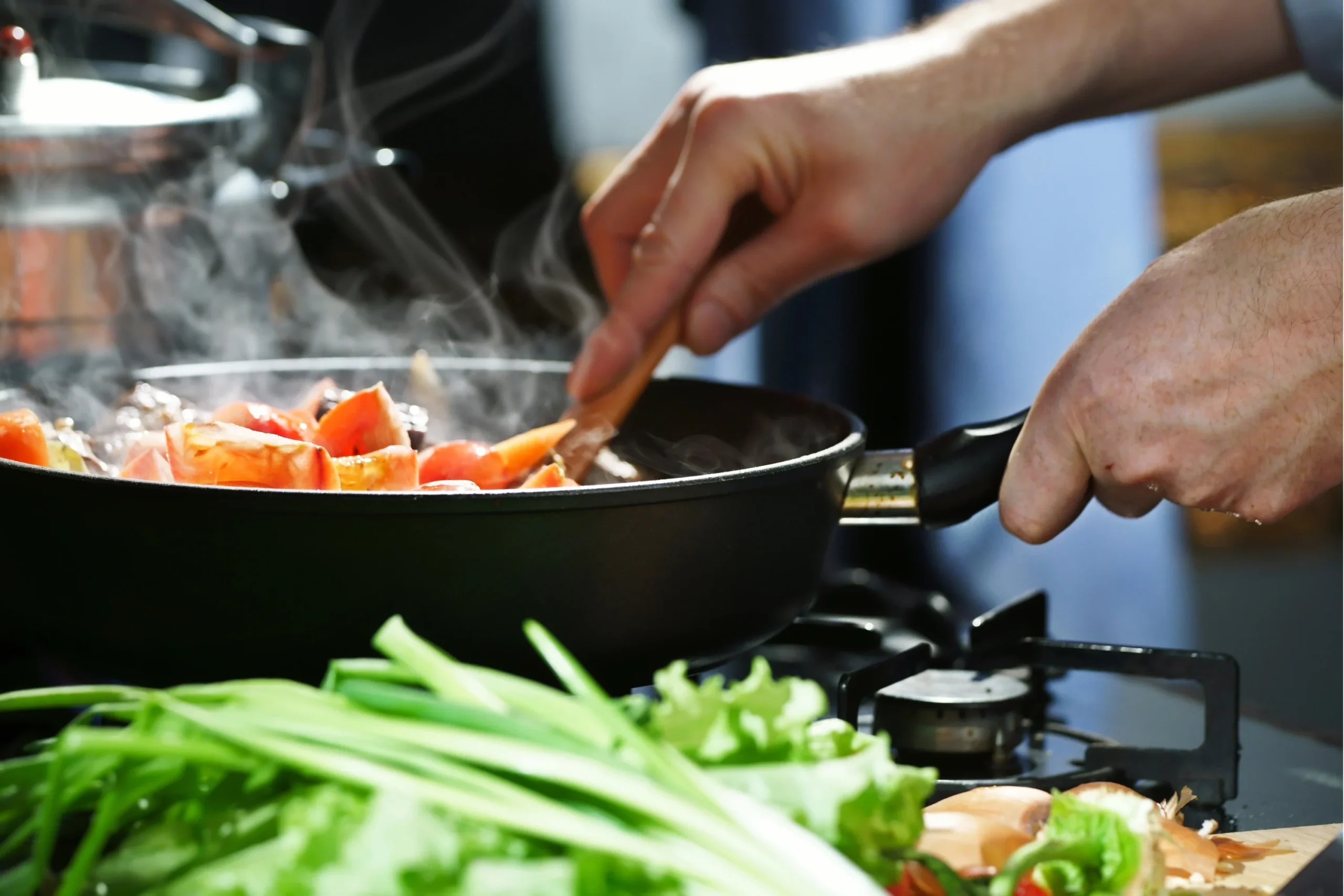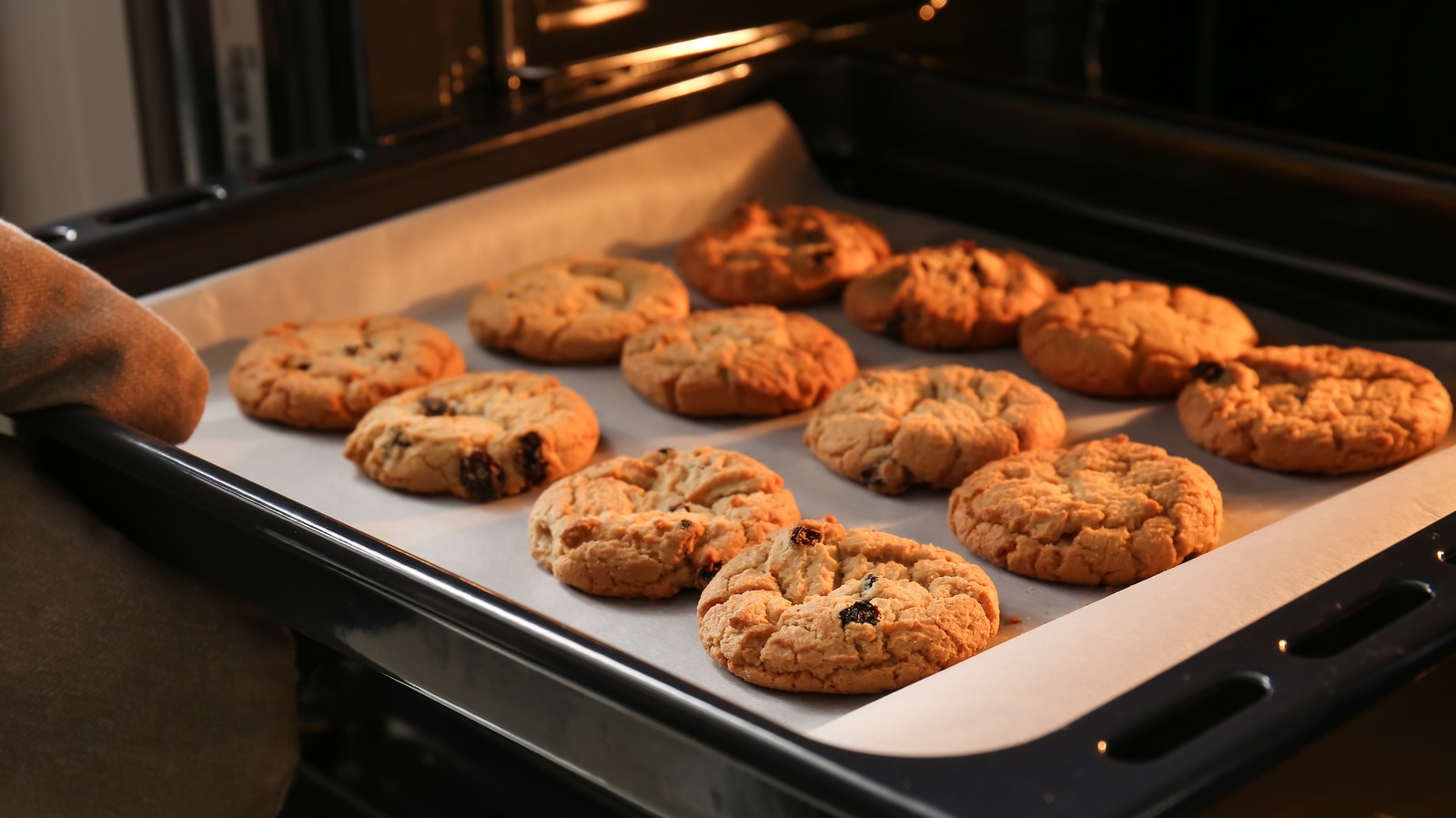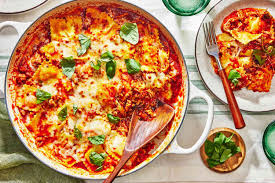Cooking, once a basic necessity, has transformed into both an art and a science, influenced by advancements in technology, cultural shifts, and dietary trends. As the world changes, so too does the way we prepare, enjoy, and share food. In this article, we explore how cooking is evolving in the modern world and the key trends that are shaping the future of food preparation.
The Evolution of Cooking
Historically, cooking was an essential skill passed down from generation to generation. In the past, it was all about preparing meals using locally available ingredients, often over an open flame or a simple stove. However, with the advent of industrialization, food preparation methods began to change. The rise of modern appliances like refrigerators, microwaves, and blenders made cooking more efficient and accessible, allowing people to prepare meals more quickly and conveniently.
The digital revolution and globalization have also played significant roles in the evolution of cooking. Today, people have access to cuisines from around the world at their fingertips, and cooking techniques that were once only familiar to certain cultures are now commonplace in kitchens everywhere.
How Technology is Transforming Cooking
- Smart Kitchen Appliances: The rise of smart technology has revolutionized the way we cook. Smart kitchen appliances, such as ovens, refrigerators, and coffee makers, can now be controlled remotely through smartphones or voice commands. This technology makes cooking more efficient and accessible, allowing users to preheat their ovens or check the temperature of food without being in the kitchen. For example, smart refrigerators now have features like touchscreens, cameras, and voice assistants, allowing users to create shopping lists, check the contents of their fridge, or even order groceries. Meanwhile, smart ovens can automatically adjust cooking times and temperatures based on the dish being prepared, helping to eliminate guesswork and ensure perfect results.
- Meal Kit Services: Meal kit services like Blue Apron, HelloFresh, and Sun Basket have become increasingly popular in recent years, allowing consumers to cook delicious meals at home with pre-portioned ingredients and step-by-step instructions. These services provide convenience and reduce food waste by delivering exactly what is needed for each recipe. These services have made home cooking more accessible to people with busy schedules or limited culinary skills. In turn, they have also helped to expand people’s culinary horizons by offering a variety of global dishes and ingredients that they may not have otherwise considered.
- Food Delivery and Online Grocery Shopping: Another significant trend shaping the future of cooking is the growing popularity of food delivery services like Uber Eats, DoorDash, and Postmates. While this trend focuses more on dining out than cooking at home, it’s contributing to a broader shift in the food industry by offering consumers the convenience of enjoying restaurant-quality meals at home. In addition, online grocery shopping platforms such as Instacart and Amazon Fresh have made it easier than ever to get ingredients delivered to your door, enabling busy individuals to access fresh produce and specialty items without stepping foot in a store.
Dietary Trends Shaping Cooking Practices
- Health-Conscious Cooking: As people become more health-conscious, cooking at home allows for better control over ingredients, portion sizes, and nutritional content. The rise of diets like keto, paleo, plant-based, and gluten-free has led to an increase in health-focused cooking. More individuals are seeking recipes and cooking methods that promote overall wellness, such as low-carb, low-sugar, or high-protein meals. Cooking at home is also associated with better mental and physical health, as it allows individuals to create meals with fresh, wholesome ingredients. This shift towards healthier eating habits has inspired many home cooks to explore new ingredients, such as plant-based alternatives to meat, dairy-free options, or gluten-free flour.
- Plant-Based and Vegan Cuisine: Over the past decade, plant-based and vegan cooking has seen a significant rise in popularity, driven by growing awareness of environmental issues, animal rights, and health concerns. People are increasingly interested in reducing their meat consumption or eliminating it altogether, leading to a surge in demand for plant-based products and vegan cooking techniques. As a result, more restaurants and home cooks are exploring plant-based alternatives that mimic the texture and taste of meat, such as vegan burgers, plant-based cheeses, and dairy-free ice cream. Furthermore, ingredients like jackfruit, tempeh, and seitan are being used in creative ways to create delicious, nutritious, and sustainable dishes.
- Sustainability and Local Sourcing: Sustainability has become a major concern for many modern cooks, leading to a shift toward more environmentally friendly cooking practices. Consumers are increasingly choosing to buy locally-sourced ingredients to support small farms and reduce their carbon footprint. In addition, there’s a growing interest in zero-waste cooking, where cooks use every part of the ingredient and minimize food waste as much as possible. This trend has also led to a greater emphasis on seasonality in cooking, where chefs and home cooks alike create dishes that reflect what’s fresh and available in their region at a given time. Local farmers’ markets and community-supported agriculture (CSA) programs are becoming popular avenues for sourcing fresh produce and supporting sustainable food systems.
- Food Customization and Personalization: With the rise of personalized diets and nutrition tracking apps, cooking is becoming more tailored to individual needs and preferences. Whether it’s adjusting recipes for specific calorie goals or making modifications based on allergies or sensitivities, many people now use technology to create custom meal plans that align with their unique health goals. Services like personalized vitamin packs, DNA-based diet recommendations, and subscription boxes tailored to dietary restrictions allow for even more tailored approaches to nutrition. This customization helps individuals enjoy meals that suit their specific needs while promoting a balanced lifestyle.
The Role of Social Media in Cooking
- Sharing Recipes and Cooking Tips: Social media platforms like Instagram, YouTube, and TikTok have become central hubs for culinary inspiration and sharing. Home cooks, professional chefs, and food enthusiasts now have platforms to share their recipes, cooking tutorials, and food photography, reaching audiences worldwide. Food influencers have also helped make cooking more engaging, offering everything from quick recipe hacks to elaborate dishes. Social media has made it easier for people to discover new cooking techniques, ingredients, and trends from all over the globe. Whether it’s a viral recipe or a cooking challenge, social media continues to shape how people approach cooking and discover new food ideas.
- Cooking Communities: In addition to sharing recipes, social media has allowed the growth of cooking communities where people can engage with one another, ask questions, and provide support. Whether it’s a Facebook group dedicated to slow-cooker recipes or a Reddit thread for vegan cooking tips, these communities have created a sense of belonging for food lovers, where people can share their successes, failures, and advice.
The Future of Cooking
- Advanced Cooking Technology: As technology continues to evolve, we can expect even more innovations in the kitchen. The use of artificial intelligence (AI) to recommend recipes, assist with meal planning, or even automate cooking processes is becoming more common. Robotic kitchen assistants, such as those that can chop vegetables or mix ingredients, may become staples in the future kitchen.
- Virtual Cooking Classes and Experiences: With the rise of virtual experiences, online cooking classes are becoming more popular, allowing people to learn new skills from the comfort of their homes. These classes range from beginner cooking lessons to specialized courses in advanced techniques or international cuisines, all taught by professional chefs.
- Food and Drink Innovations: The future of food will likely see more innovations in food production, including lab-grown meat, plant-based meat substitutes, and even edible packaging. These developments have the potential to revolutionize not only how we cook but also how we consume food in terms of sustainability and ethical concerns.
Conclusion
In conclusion, cooking is no longer just about feeding ourselves; it has become a creative, social, and technological endeavor. From the rise of smart appliances to dietary trends promoting health and sustainability, cooking is evolving to meet the demands of a modern, fast-paced world. With the continuous advancements in technology and the growing awareness of health and environmental issues, the future of cooking will be more personalized, efficient, and creative than ever before.
As consumers become more conscious of the food they eat and its impact on their health and the planet, cooking will continue to evolve to reflect these values. Whether you’re a professional chef or a home cook, the future of food preparation promises endless opportunities for innovation, education, and enjoyment.




